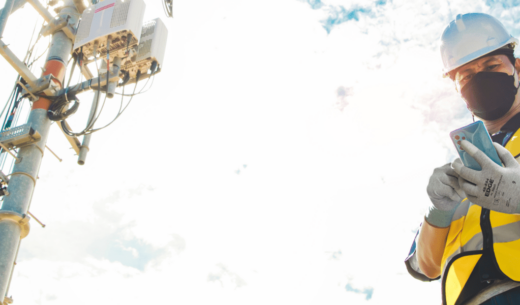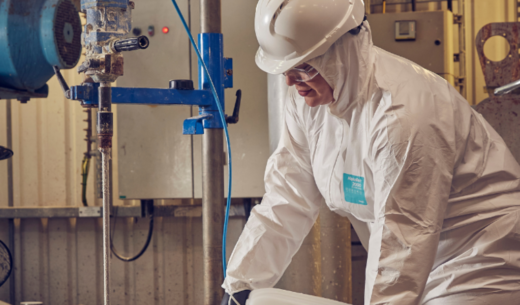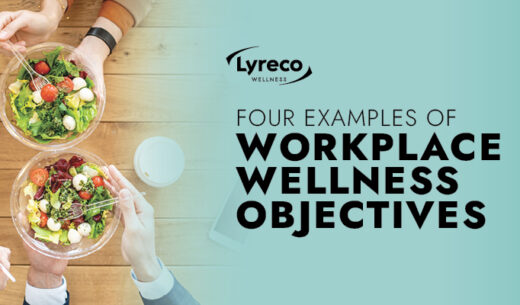Navigating Noise: A Guide to Hearing Protection Equipment in the Workplace
Welcome to Lyreco UK & Ireland’s blog, where we delve into the essential aspects of workplace safety. Today, we address a critical yet often overlooked aspect: hearing protection equipment (HPE). While it should always be the last resort in managing workplace noise, selecting the right HPE is crucial. Let’s explore the key considerations and best practices.
understanding regulations and action values
The Control of Noise Regulations sets out clear action values and exposure limits. If noise levels exceed the lower action value of 80dB(A) or 135dB(C), employers must offer HPE upon request. Should exposure surpass 85dB(A) or 137dB(C), providing HPE becomes mandatory if noise reduction isn’t feasible by other means. Moreover, the exposure limit values of 87dB(A) or 140dB(C) must never be exceeded.
balancing protection and communication
While HPE is vital, excessive protection can be detrimental. British Standard EN458 recommends an exposure level between 75 and 80dB(A) as ideal, with 70-75dB(A) and 80-85dB(A) as acceptable. Beyond 85dB(A), the risk of hearing damage increases significantly. Conversely, overly reducing noise below 70dB(A) can lead to communication difficulties and isolation. Thus, finding the right balance is key.
calculating protection effectiveness
Attenuation, or the reduction of noise, varies with frequency. Methods like octave band analysis, High, Medium, Low (H, M, L) values, and Single Number Rating (SNR) aid in determining HPE effectiveness. However, individual factors like fit and maintenance significantly impact protection levels.
real-world application
The HSE advocates for a “real-world” factor, deducting 4dB from the manufacturer’s predicted attenuation to reflect practical usage. Additionally, understanding workplace conditions, compatibility with other PPE, and communication needs are crucial for effective HPE selection.
comfort and compliance
Comfort plays a pivotal role in HPE usage. Discomfort or lack of user acceptance can lead to non-compliance, significantly reducing effectiveness. Moreover, ensuring proper fitting, regular maintenance, and addressing medical conditions affecting hearing are essential steps.
training and maintenance
Once HPE is chosen, thorough training on fitting, usage, and maintenance is imperative. Establishing a care and maintenance policy, along with a health surveillance program, ensures continued effectiveness and employee well-being.
In conclusion, selecting appropriate hearing protection equipment involves a thorough understanding of regulations, workplace conditions, and individual needs. By prioritizing comfort, communication, and compliance, employers can effectively mitigate noise-related risks, safeguarding employee health and well-being.









